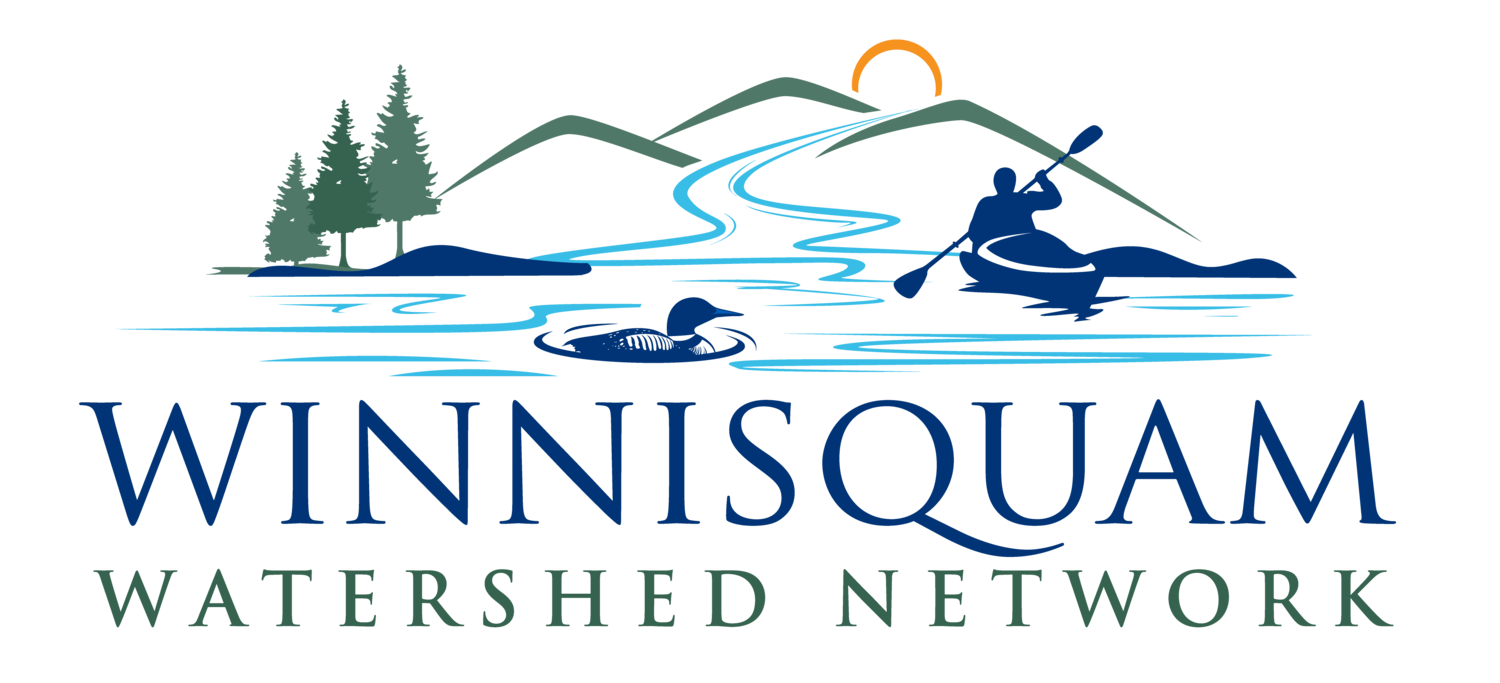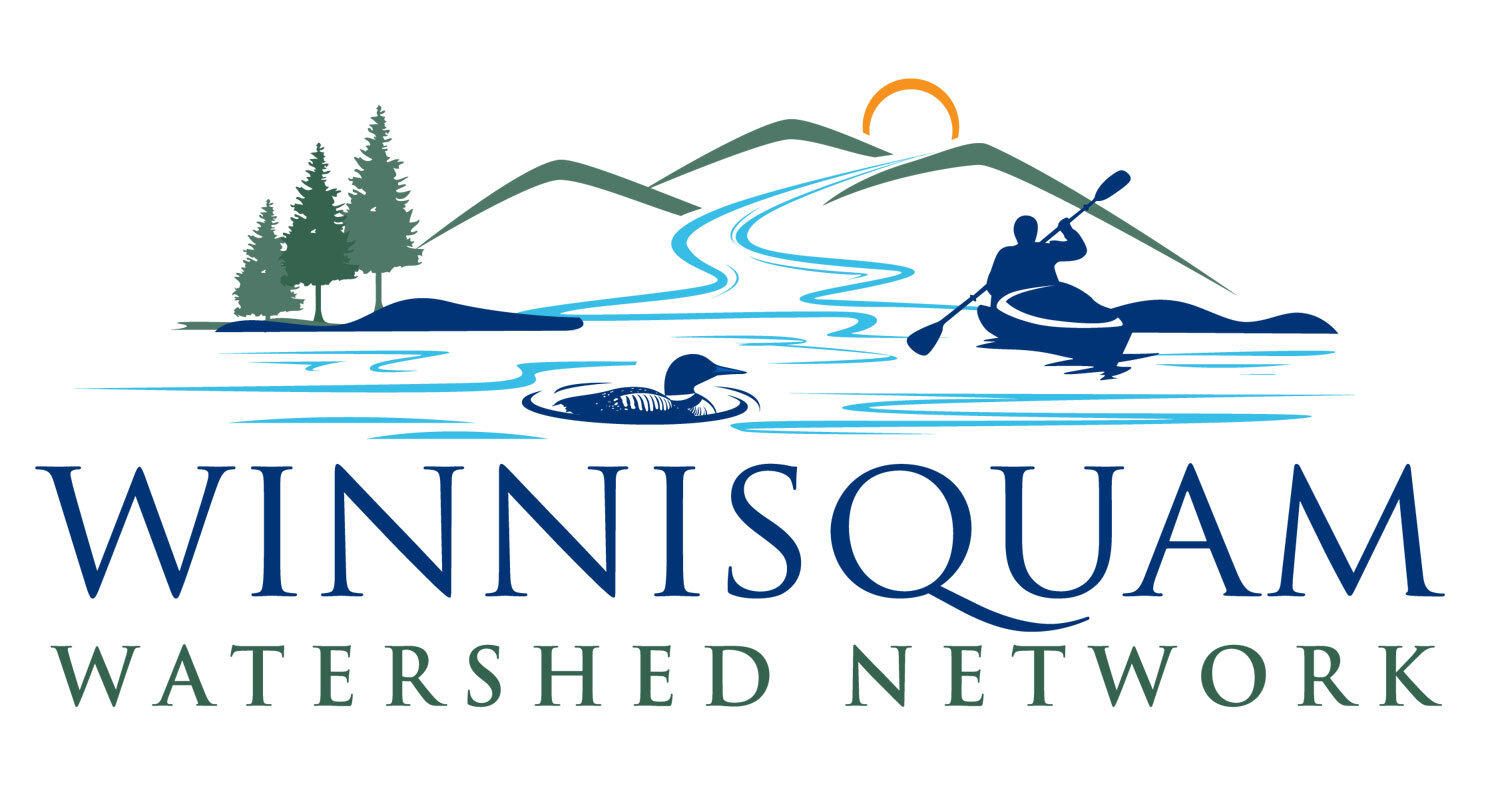
Watershed Management
With the Lake Winnisquam Watershed Based Plan completed in July of 2022, the Winnisquam Watershed Network (WWN) began a project to address pollution sources identified in that plan. Three high priority sites that discharge excess sediment and nutrients to the lake were selected for the design and installation of structural Best Management Practices (BMPs) to manage stormwater. Funding for the project was provided in part by a Watershed Assistance Grant from the NH Department of Environmental Services with Clean Water Act Section 319 funds from the U.S. Environmental Protection Agency.
As part of the grant, WWN hired Comprehensive Environmental, Inc. as its engineering consultant. CEI did site surveys, topographic mapping and soil testing as needed on the three project sites: Gale Avenue Park in Laconia, Deer Park Association Beach in Meredith and a section of Kaulback Road in Sanbornton. The stakeholders in all three towns have been involved in these projects for several years. Plans for all three sites have been completed and Shoreland Permits have been issued by NHDES for both Gale Ave. Park and Deer Park Beach. The designs for all three sites are meant to address erosion and sedimentation issues caused by stormwater run-off.
Gale Avenue Park, Laconia
Gale Ave. Park is owned by the City of Laconia and is managed by the Recreation Department. The Department will be responsible for the construction of a new bio-filtration basin (aka rain garden) on the property to collect and treat the stormwater from Gale Ave. that has caused significant erosion on the site. The Laconia Conservation Commission has committed to purchasing, installing and maintaining the plant material to be used in the rain garden. Construction of this project is scheduled to begin mid-August 2025 in partnership with Laconia Parks & Recreation and the Department of Public Works.
Deer Park Beach, Weed Road, Meredith
Deer Park Beach is the second site chosen for a demonstration BMP. The beach is owned by the Deer Park Association. The site is steeply sloping with very sandy soils that are prone to erosion. Deep ruts have been created on both sides of the driveway down to the beach area and the unvegetated portions of the slope are also eroded. The proposed design includes a forebay at the top of the slope to collect stormwater from Weed Road and allow the sediment to settle out before it enters a stone-lined trench connected to a bio-retention area at the base of the slope. Water bars will be installed across the existing driveway to direct stormwater into the trench, directing it to the bio-retention area. Approved under a Shoreland Permit from the NH Department of Environmental Services, the project was completed in mid-July of 2025, and reduces sediment from roadway runoff and curbs erosion along the Association’s driveway and boat launch into Lake Winnisquam. WWN contracted CEI Engineers for design and permitting, with construction by Total Grounds Landscaping Inc. Deer Park Association members contributed volunteer labor for planting and ongoing watering as part of their match for the grant.
Kaulback Road, Sanbornton
The third project is located on the portion of Kaulback Road where the road crosses Black Brook. There are two sets of double-barreled culverts that conduct the brook under the road, but they are located in a low spot in the road where there’s significant erosion on both sides that is directing sediment into the brook. The proposed plan includes sediment traps and stormwater diversions to upland areas on each side of the road on either side of the culverts. The plan also calls for upgrading the existing sediment traps on the northerly side of the culverts. In the fall of 2024, WWN partnered with the Sanbornton Highway Department to install measures on Kaulback Road to capture and treat dirt road runoff into Black Brook.
Although Winnisquam has excellent water quality it does, like other lakes in the region, face challenges. 2024 was the third year in a row the lake had experienced documented blooms of potentially harmful cyanobacteria. Harmful algae blooms are caused in part by excess nutrients, particularly phosphorus, in the water. The Lake Winnisquam Watershed Based Plan identified over 100 sites in the watershed that are sources of nonpoint pollution and outlined measures to be undertaken to reduce phosphorus loading and protect the water quality of the lake into the future. These projects were the first steps in the implementation of the plan. In 2025, the lake continued to experience higher than normal temperatures, reaching over 80 degrees in many locations. Cyanobacteria blooms were experienced in various areas around the lake.
These projects showcase how partnerships between local associations, municipalities, and environmental organizations can make a real difference in protecting Lake Winnisquam’s water quality. For information on what you can do to help, please visit Cyanobacteria - What Is It and What You Can Do .
For more information:


